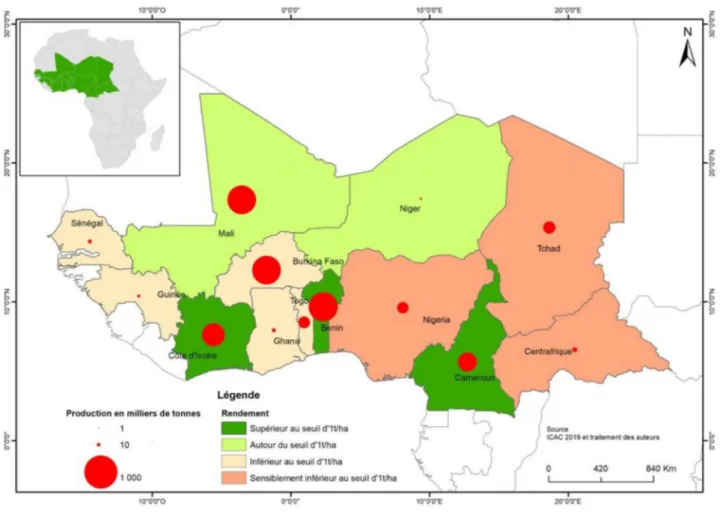Cotton in West and Central Africa: from the agricultural revolution to the agro-ecological transition
Texte intégral
Figure


Documents relatifs
In# 1977,# poetry# was# still# writing# and# reading.# While# some# performance# artists# were#. experimenting# with# poetry# at# alternative# galleries# and# performance# spaces,#
Indeed, contrary to what has been argued in the political debate of the last twenty years, the ‘right of soil’ or jus soli – which means for those born on national territory
Il sera alors possible de remplacer, dans le génome d'une plante produisant un allergène, le gène codant pour cet allergène par celui qui est codant pour une molécule qui
Substantial productivity, ginning outturn and fibre technological quality (length, 268. tenacity, and fineness) gains have been achieved over the last
Il sera alors possible de remplacer, dans le génome d'une plante produisant un allergène, le gène codant pour cet allergène par celui qui est codant pour une molécule qui
La chenille de couleur blanc crème aux jeunes stades devient par la suite rose sombre (Fig. Sur capsule, le trou d'entrée de la jeune chenille est peu visible car rapide-
The present study is the first initiative to assess the ecological footprint in the cotton chain and the Brazilian textile industry.. The approach adopted in the
This paper studies how this agency is an active instrument of a change in the French industrial policy by showing how the rise of the APE is the story of